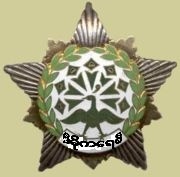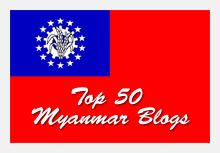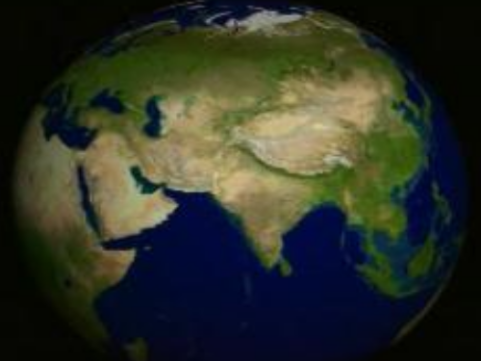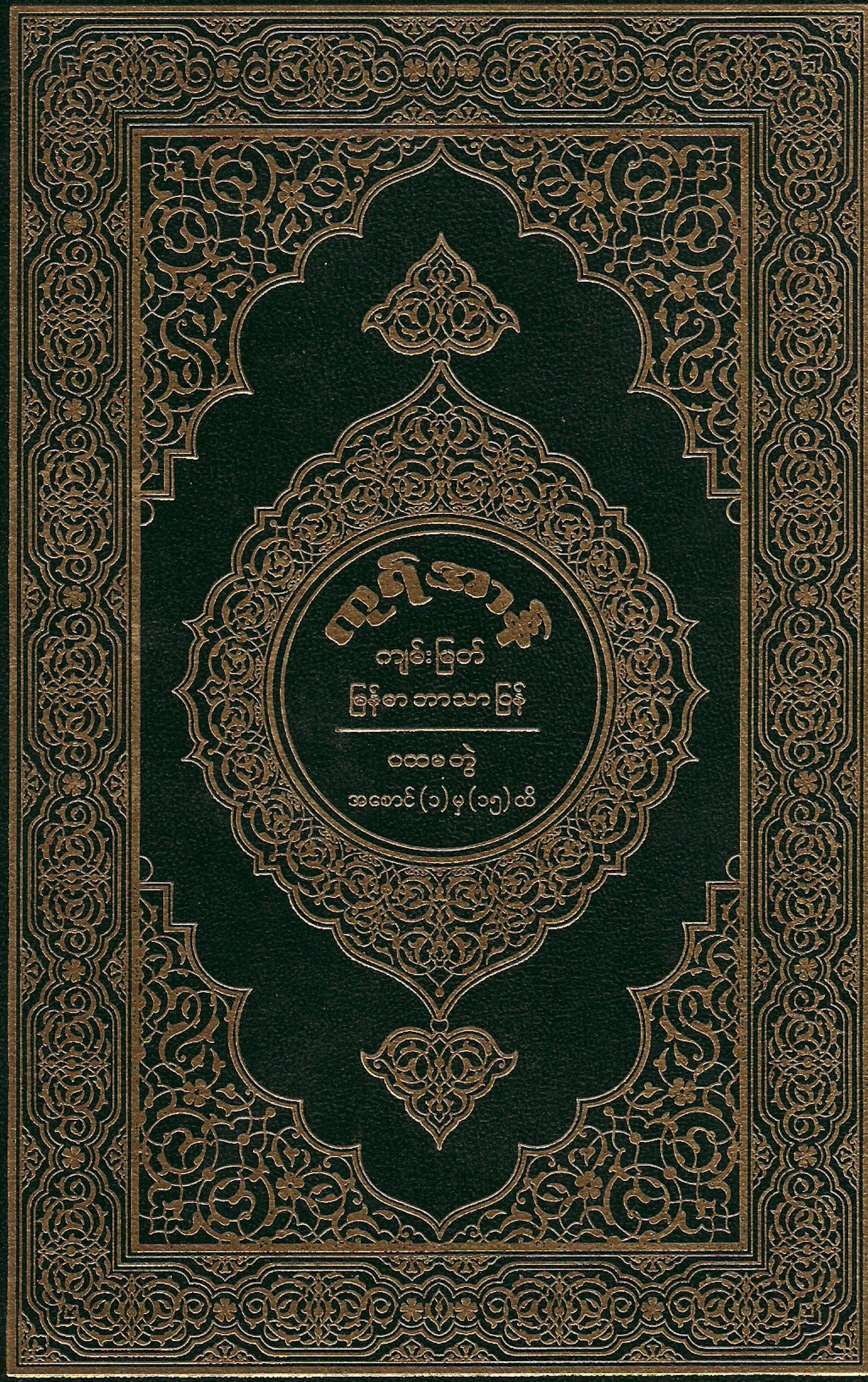NOV 5 — When I opened my Facebook account a few days ago, one particular news feed struck my attention. Dozens of my friends had joined a group called “Gerakan 1,000,000 Facebookers Dukung Chandra Hamzah and Bibit Samad Riyanto” (“The Movement to Get 1,000,000 Facebookers to Support Chandra Hamzah and Bibit Samad Riyanto”).
The group, created on Oct. 30, was launched as a form of public support for the two commissioners from the Corruption Eradication Commission (KPK), Chandra and Bibit, who were arrested by the national police after being implicated in a high-profile graft case.
I clicked on the group and was astounded by the activities I saw on the page. Aiming for a million members, the group claimed that it had amassed 72,000 members within its first 48 hours. As of this afternoon, the number had reached more than 850,000.
But instead of delving into the complex police versus KPK debacle, I want to zero in on how Indonesia has entered an era where social networking Web sites, such as Facebook and Twitter, are now being utilised as potent instruments of activism.
Internationally, one-click activism has been going on for a while.
Burma Global Action Network, an online organisation that supports Burmese monks and civilians, began in 2007 as a Facebook group. In Egypt last year, a group mobilised about 80,000 people to protest rising food prices. Most recently, Facebook and Twitter accounts were turned into a shrine to commemorate the death of Iranian student Neda Agha Soltan, who was killed during a protest against the 2009 Iranian election.
In Indonesia, such a trend arguably commenced with the Prita Mulyasari versus Omni Hospital case, where the former was sued by the latter for allegedly defaming the hospital in an e-mail to her friends and was subsequently imprisoned by the Tangerang District Court.
Infuriated by what they viewed as unfair treatment, an angry public made its voice heard through Facebook. A number of pro-Prita Facebook groups were established, with one of them reaching more than 100,000 members.
The online campaign received tremendous media coverage, to the point where the public and government officials began to take notice. Next thing we knew, Prita was released from jail.
Another case followed the July 17 bombings at JW Marriott and Ritz Carlton. A movement on Twitter called IndonesiaUnite mobilized young Indonesians to (virtually) stand hand-in-hand in response to the attacks. In less than 140 words, people used the micro-blogging site to condemn the act of terrorism and show unity.
At one point, the movement, which now has 18,000 followers on Twitter and about 400,000 members on Facebook, topped Twitter’s Trending Topics. Tweeps around the world saw a virtual banner saying, “We are not afraid.”
Although still in its infancy — as Indonesian Internet activism has yet to transform to an actual demonstration — these examples show that there are new platforms that are being used to effect social and political change.
Social networking sites are particularly effective for a number of reasons. First, the mechanism is simple. Create a group, state the cause and invite some friends. As people check their account
religiously, and as viral marketing is a genetic trait of these sites, any cause with a good intention spreads at an exponential rate.
Moreover, the market is huge and growing. As of December 2008, more than 800,000 users were registered on Facebook’s Indonesia network, and the number keeps growing. Also, Indonesia is one of the fastest-growing markets for Twitter, according to a recent statement by the site’s chief executive Evan Williams.
Not only is the phenomenon huge, but it also targets the right demographic. Internet users in Indonesia are typically young and well-educated, and thus supposedly the crucial agents of change.
Add to that the fact that more and more journalists and media outlets are using social networking sites, so the chance for nationwide coverage to magnify activism increases significantly, as exemplified by the Prita case.
This leads to the main lesson of the day: These movements can really make a difference. Through the Internet, Indonesians united to ensure that Prita got her chance at justice. People stood strong against
terrorism and voiced their views that the country’s biggest hope for eradicating corruption should remain intact.
Thanks to Facebook and Twitter, we are now just a click away from powerful mediums we can use with which to speak our hearts and minds. — Jakarta Globe
Filed under: Burma |












+(Small).jpg)


Leave a comment